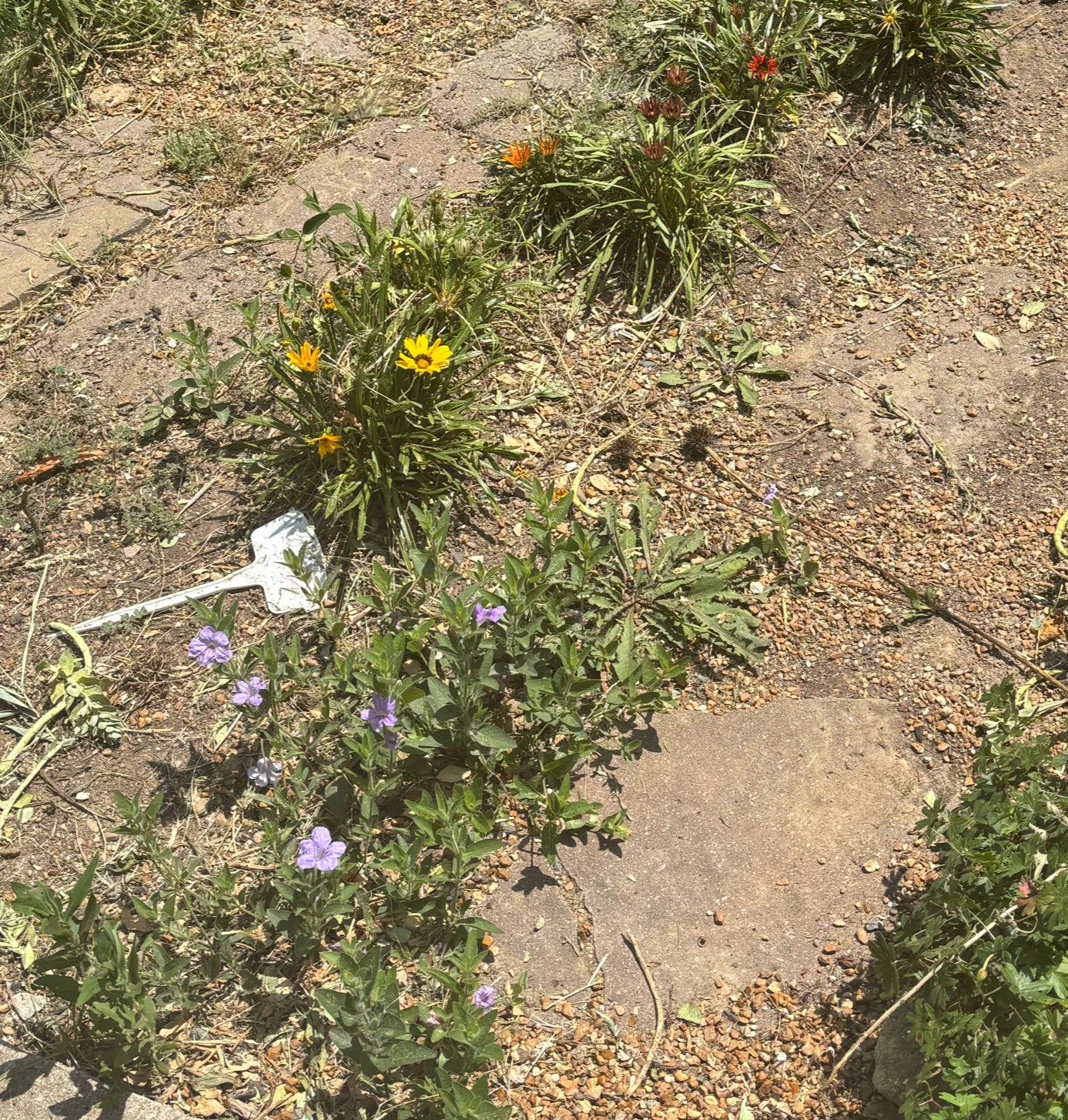
I’m sure you’ve heard the old adage “Pride Goeth Before a Fall?” That sums up what I’m feeling about my back yard right now. At the beginning of the summer, it was drop dead gorgeous. Flowers blooming everywhere with butterflies, bees, birds and dozens of other pollinators enjoying a full buffet. I remember thinking that after all these years and all my hard work I had finally achieved the garden of my dreams. Then, Mother Nature took over. The temperatures soared into the 100s for days on end. No matter how much I watered, the plants withered as I watched. In the middle of the heat wave, I left for a vacation. My daughter took over garden care, but instead of dealing with blazing sun, she faced a new challenge. It rained torrents of water day after day. The weakest plants died, leaving behind brown plant skeletons. When the rains finally stopped and the sun reappeared, new, uninvited vegetative visitors began popping up everywhere. My once picture-perfect garden was, to put it bluntly, an overgrown weedy mess – a typical August garden.
Here in the Midwest, the August garden has always been a challenge. Changing weather patterns over the past few years have made late summer gardening even more difficult. There are some tasks however, that can help revive a tired, late summer garden and renew your waning enthusiasm for yard work. I’ve included twelve that can help bring your garden back to life.
Remove weeds, being especially careful to pull any that are beginning to form seedheads. Seeds that drop in the fall are likely to overwinter, resulting in a healthy crop of weeds in the spring.
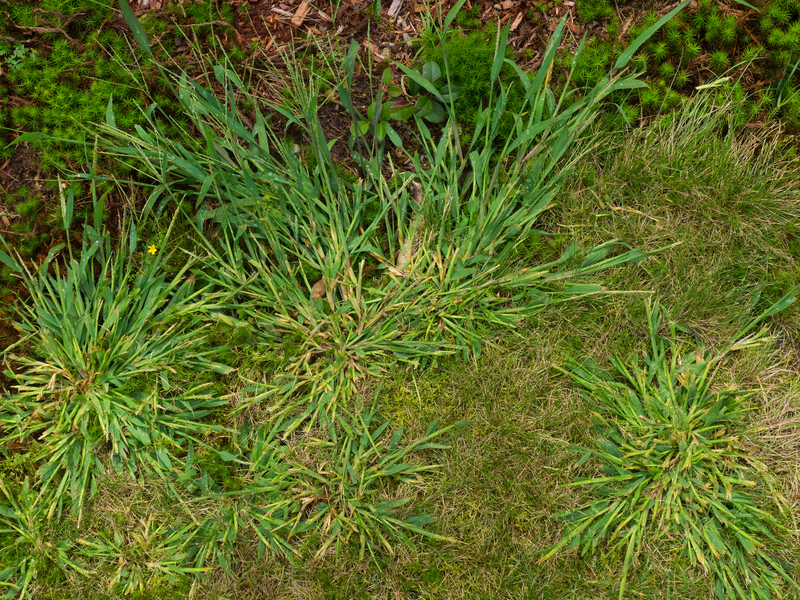
Deadhead spent flowers before they go to seed. This allows the plant to funnel its energy toward producing new blooms rather than supporting dying ones. Not all plants need to be deadheaded though. Consider leaving some seed heads as food for birds or for structural interest in the fall and winter garden.
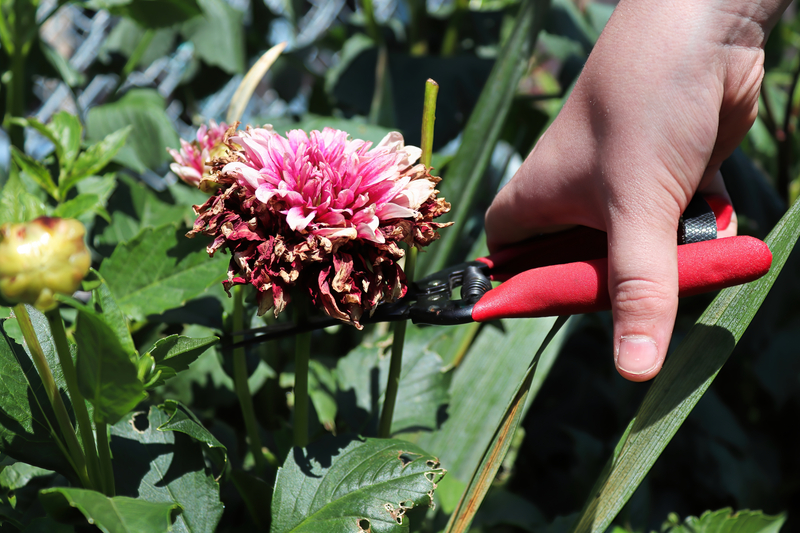
Pull out and dispose of dead or dying annuals. While decomposing foliage can add nutrient value to the soil, it can also deposit disease spores that can contribute to future problems. Besides, dead plants just aren’t very attractive.
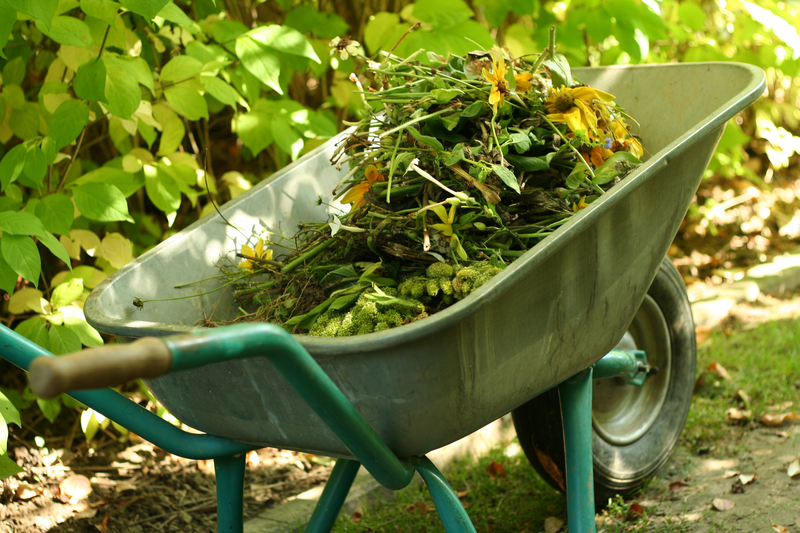
Cut back weak or leggy annuals by ⅓ to ½ to encourage fresh, new growth. Early spring flowers like snapdragons that have survived summer heat may offer a luxurious fall bloom after an early August snipping. Most perennials are happiest left alone in August. Most new growth would be too tender to withstand winter temperatures.
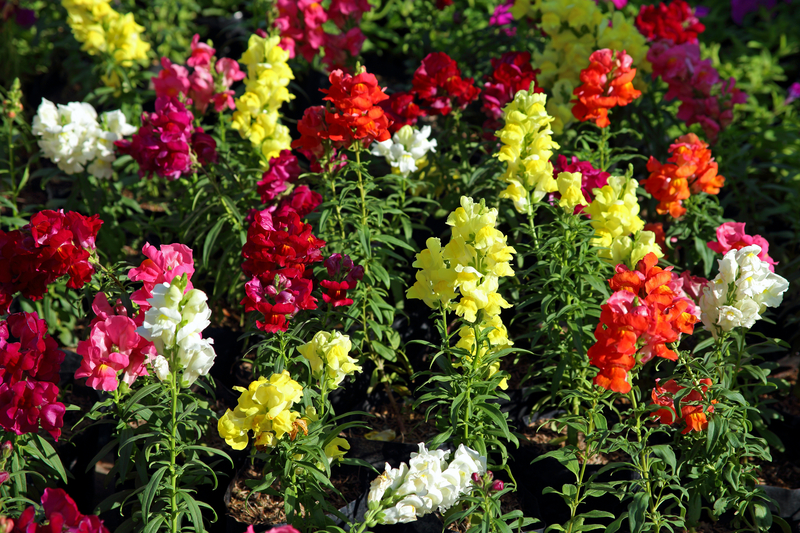
Prune summer blooming shrubs after flowers fade. Cut out dead or damaged branches and trim to control the size and shape.
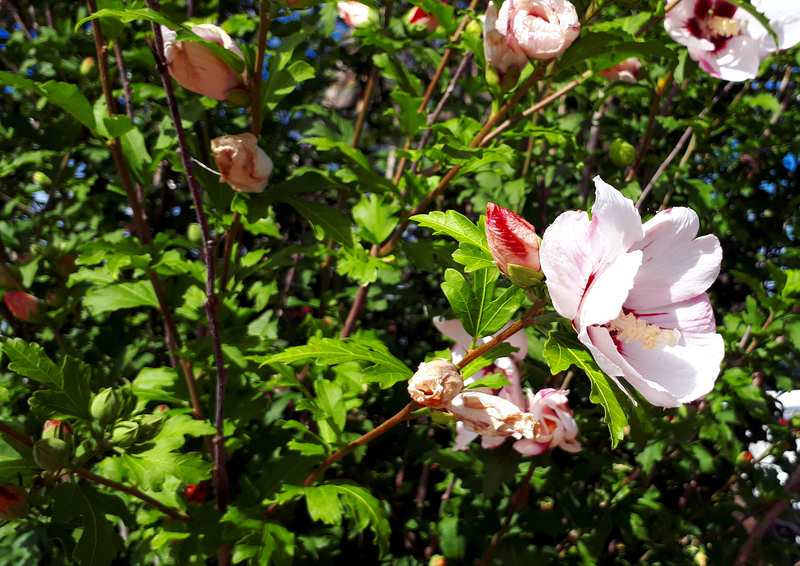
Check for signs of disease. Immediately remove any infected foliage so that the problem will not spread any further. Don’t add diseased foliage to a compost bin. It could infect the entire load.

Watch out for insect damage. Although 90% of the insects that inhabit gardens are beneficial, the remaining 10% can be extremely damaging and do need to be controlled. (Using a phone app like Picture Insect helps to easily identify unfamiliar insects.) State extension agencies have up-to-date information for safely controlling insect infestations.
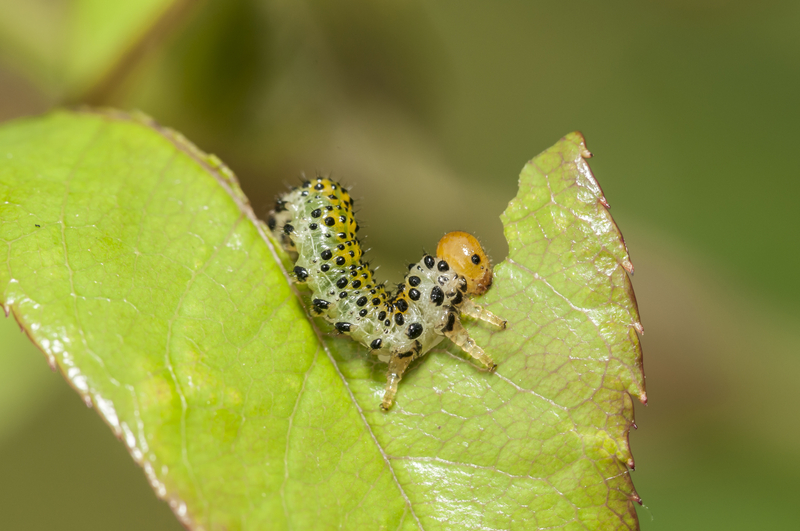
Water effectively and efficiently. Plants typically need about an inch of water a week. Water at the base of the plant so the roots can absorb the water. Early mornings are great times to water since less moisture is lost to evaporation.
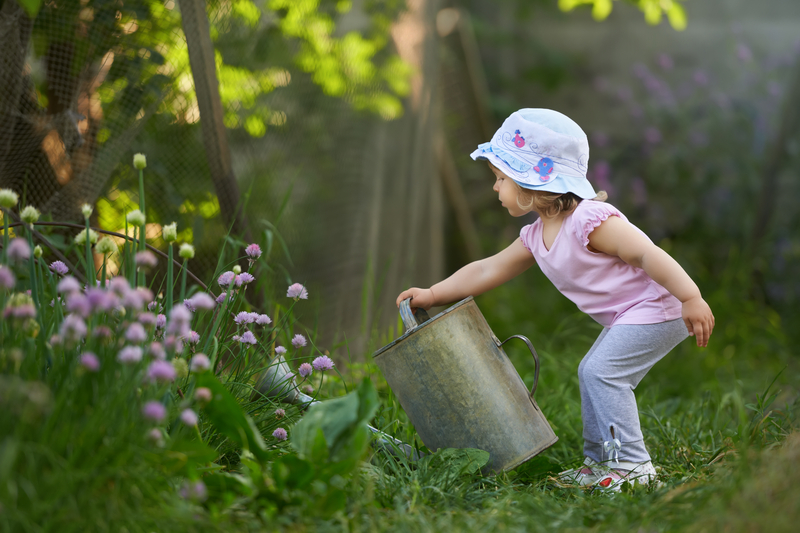
Consider adding a shallow layer of mulch to bare ground in order to retain soil moisture. Be careful not to over mulch. One to three inches is the recommended depth.
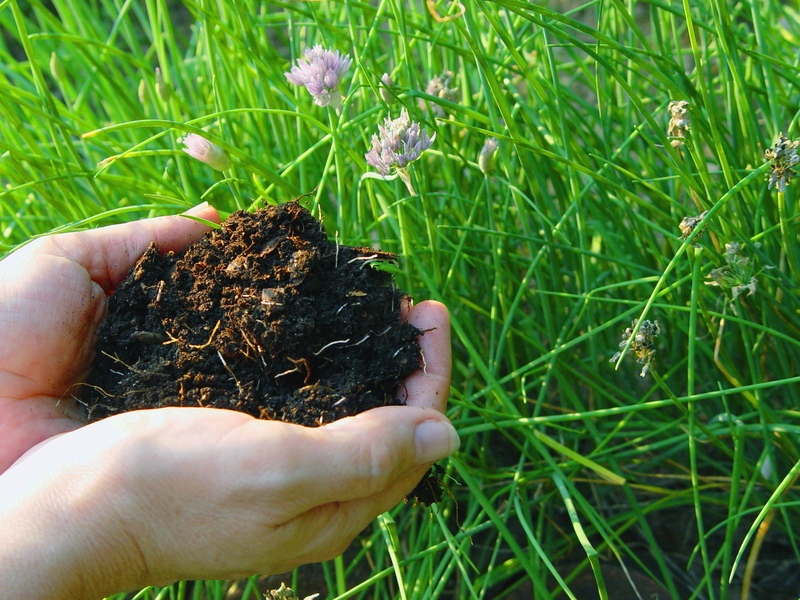
Plant container grown shrubs and perennials. Make sure to water them in thoroughly. Keep newly planted shrubs well- watered throughout the fall months so their roots become well-established before winter sets in.
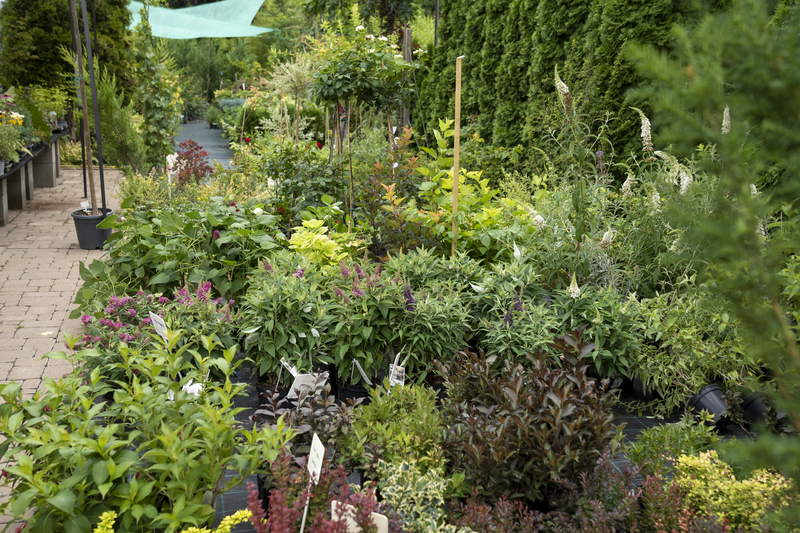
Plan out and begin to clear spaces to plant spring blooming bulbs. A little extra time spent now can pay off later. Spend some time leafing through catalogues – either print or online – to discover new garden beauties.
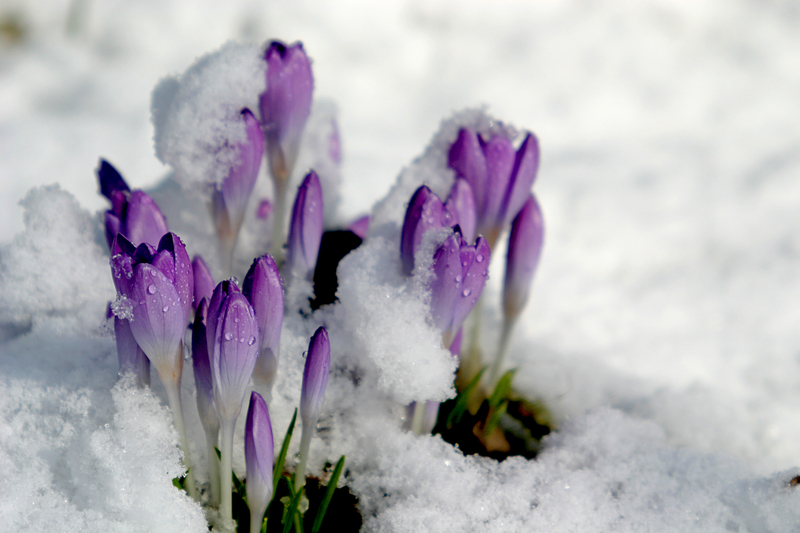
Survey the garden and decide on what changes, if any, you’d like to make next year. Then take some pictures and actually have them printed. Put the pictures and a written description of your ideas in next season’s planting journal. It will save the frustration of finding tiny images on your phone and then remembering what your plan actually was.

***A side note about planting journals. About five years ago after a trip to Monticello and seeing Jefferson’s copious gardening notes, I was inspired to keep my own notes. I started out in a 6x8 spiral notebook, filling in what I planted, where I planted it, when I planted it and sometimes noted weather conditions. Later in the growing season I made some notes on the particular successes and failures. By the end of the first season, I realized that I just couldn’t compete with Jefferson; it was way too much work. Instead, I streamlined to my current system. I buy an inexpensive three ring notebook, some vinyl baseball card holder sheets (Amazon) and a ream of lined paper. The lined paper is for any handwritten notes. I slip plant tags and empty seed packets in the pockets of the vinyl sheets, then write the date and location on the front. (I’ve given up on tracking weather conditions.) At the end of the season, I put some notes and pictures for next season. My journals are now a huge part of my gardening life. They not only have useful information, but it’s fun to flip through the pages and look at the seed packet pictures of what I planted.
